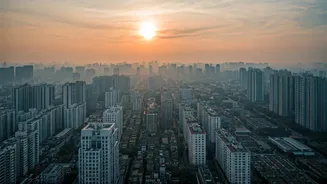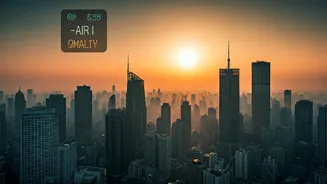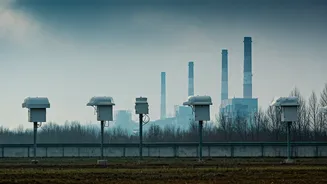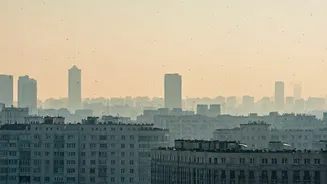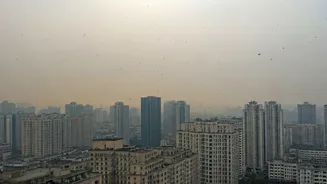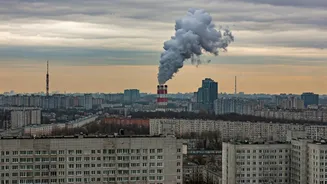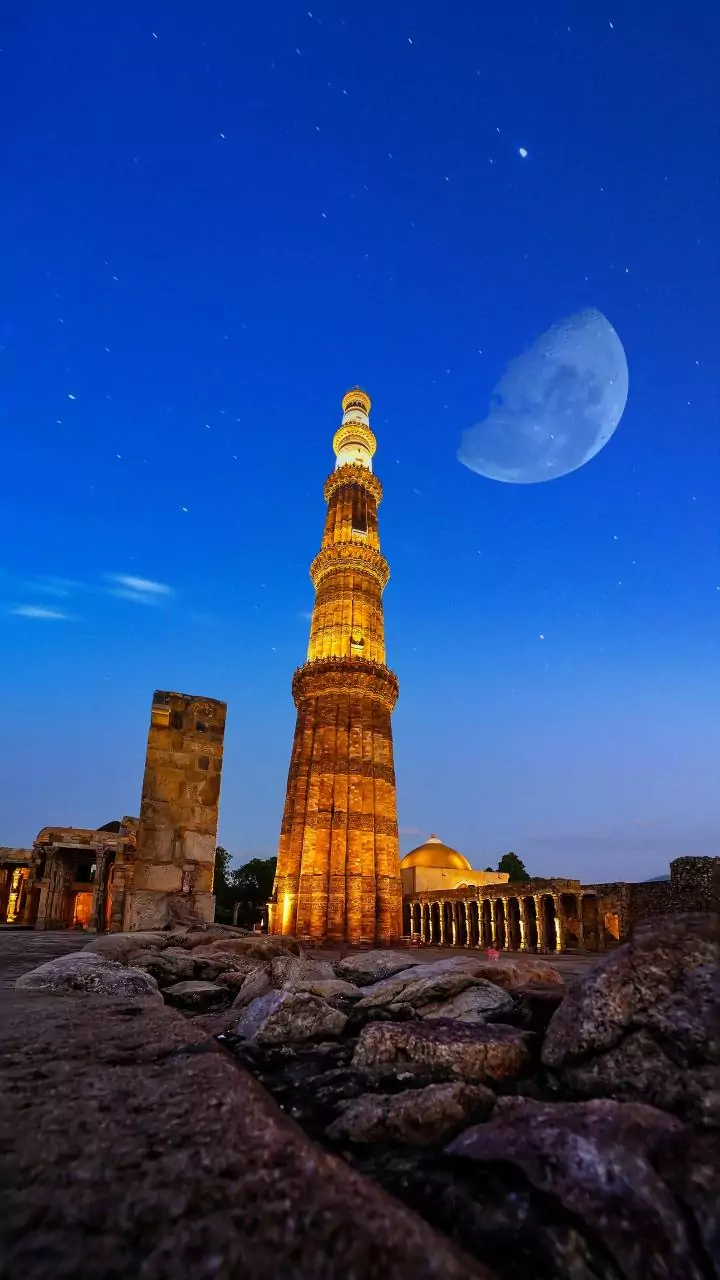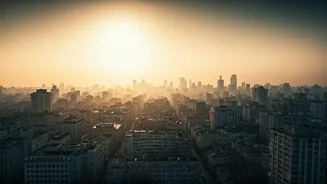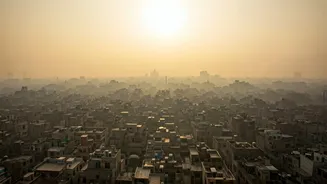Severe Air Quality
Following Diwali festivities, Delhi's air quality plunged to 'severe' levels. Residents expressed concerns, with some describing the city as a 'gas chamber'.
The Air Quality Index (AQI) readings highlighted the extent of the pollution, posing significant health risks. A major reason for this drastic change in air quality was the increased usage of firecrackers during Diwali, leading to a surge in pollutants. The effects were immediate and widespread, affecting the quality of life for the city's inhabitants. The rapid deterioration of air quality raised alarms and prompted urgent discussions on effective measures to curb pollution.
Immediate Health Concerns
The 'severe' air quality triggered a wave of health issues among Delhi residents. Many reported burning sensations in their throats and difficulties in breathing. Vulnerable groups, including children and the elderly, were particularly susceptible to the adverse effects of the pollution. The rise in pollution levels significantly increased the likelihood of respiratory ailments. The immediate impact was visible in hospitals and clinics, where doctors witnessed a surge in patients suffering from pollution-related illnesses. The long-term health consequences of prolonged exposure to such high levels of air pollution were also a major concern.
Diwali's Impact
Diwali celebrations, with their widespread use of firecrackers, were a major factor in the deterioration of Delhi's air quality. The smoke from the firecrackers released a vast amount of pollutants into the atmosphere, contributing to the 'severe' AQI levels. Despite efforts to curb the use of firecrackers, the impact of Diwali on the air quality was evident. The after-effects of the celebrations were visible throughout the city, with a thick haze enveloping the skyline. This situation highlighted the need for more effective regulations and public awareness campaigns to control pollution during festivals. The aftermath of Diwali served as a stark reminder of the environmental toll of the festivities and the urgent need for sustainable practices.
Protective Measures
Given the 'severe' air quality, residents were advised to take protective measures to minimize their exposure to pollutants. These included staying indoors as much as possible, wearing masks when outdoors, and using air purifiers at home. Schools and educational institutions were also encouraged to take precautions to protect students, with principals issuing guidelines to students and parents. Awareness campaigns were crucial in educating the public about the risks and providing information on appropriate actions. By adopting these measures, individuals could significantly reduce the adverse impact of air pollution on their health. The collective efforts of the city's residents were vital in dealing with the environmental health crisis.
